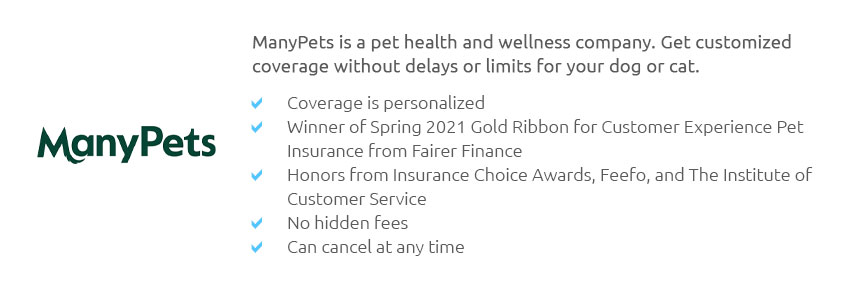 |
 |
 |
 |
 |
 |
|
 |
|
 |
|
 |
|
 |
|
 |
 |
 |
 |
 |
 |
 |
 |
Understanding Pet Insurance for ACL SurgeryThe topic of pet insurance often sparks curiosity among pet owners, especially when faced with significant veterinary expenses such as ACL surgery, also known as cruciate ligament surgery. This particular procedure is one of the most common orthopedic surgeries for dogs, and it can be quite costly, leading many pet owners to explore insurance options. To begin with, let's delve into what ACL surgery entails. The Anterior Cruciate Ligament (ACL) in dogs is similar to that in humans; it stabilizes the knee joint. When this ligament is torn or ruptured, it results in lameness and pain, necessitating surgical intervention. The cost for such a procedure can range from $1,500 to over $4,000 depending on the size of the dog, the type of surgery, and geographical location. Pet insurance can potentially alleviate the financial burden of ACL surgery, but understanding the intricacies of coverage is crucial. Many pet insurance policies offer coverage for accidents and illnesses, which typically includes surgical procedures such as ACL repair. However, there are important factors to consider.
Another key consideration is the type of plan. Comprehensive plans typically offer more extensive coverage, including surgeries, while accident-only plans might not cover conditions like ACL tears unless caused by a specific incident. In our opinion, investing in pet insurance can be a wise decision, offering peace of mind and financial protection. It allows pet owners to make healthcare decisions based on the pet's needs rather than financial constraints. However, the decision to purchase insurance should be made after thorough research and consideration of your pet's health history, lifestyle, and potential risks. In conclusion, while pet insurance for ACL surgery can be immensely beneficial, it requires a clear understanding of the policy details, including exclusions, waiting periods, and coverage limits. By doing so, you can ensure that you provide the best possible care for your furry companion without the added stress of financial strain. https://www.trupanion.com/pet-insurance-faq/article/cruciate-surgeries
Yes, Trupanion coverage includes cruciate surgeries and related treatments. However, if your pet had cruciate problems on the same leg or the opposite leg 18 ... https://www.metlifepetinsurance.com/blog/pet-health/cruciate-ligament-dog/
Cranial cruciate ligament dog injuries can lead to costly vet bills. Surgery alone can range from $750 $6,000, not including follow-up ... https://spotpet.com/blog/vet-costs/how-much-is-dog-acl-surgery
How Much is Dog ACL Surgery? - ACL/CCL surgery for dogs can be quite pricy. - According to internal claims data, the average claim cost for a ...
|